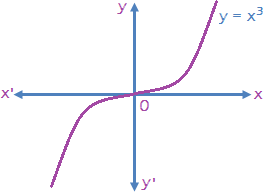Graphs of Simple Functions
Constant Function: Let k be a fixed real number. Then a function f(x) given by f(x) = k for all x ϵ R is called a constant function. Sometimes we also call it the constant function k.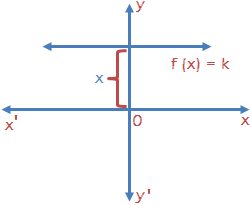 Identity Function: The function defined by I(x) = x for all x ϵ R is called the identity function on R.
Identity Function: The function defined by I(x) = x for all x ϵ R is called the identity function on R.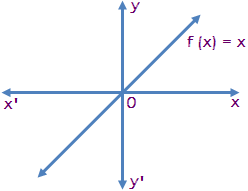 Reciprocal Function: The function that associates each non-zero real number x to its reciprocal 1/x is called the reciprocal function. The domain and range of the reciprocal function are both equal to R – {0} i.e., the set of all non-zero real numbers.
Reciprocal Function: The function that associates each non-zero real number x to its reciprocal 1/x is called the reciprocal function. The domain and range of the reciprocal function are both equal to R – {0} i.e., the set of all non-zero real numbers.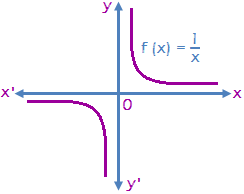 Square Root Function: The function that associates every positive real number x to +√x is called the square root function i.e., f(x) = +√x.
Square Root Function: The function that associates every positive real number x to +√x is called the square root function i.e., f(x) = +√x.
Negative real numbers do not have real square roots. So, f(x) is not defined when is a negative real number. Therefore, domain of f is the set of all non-negative real numbers = [0, α).
Range (f) = {+√x |x ϵ [0, α)} = [0, α).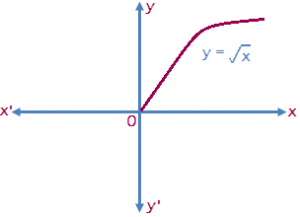 Logarithmic Function: If ‘a’ is a positive real number, then the function that associates every positive real number to logax i.e., f(x) = logax is called the logarithmic function. The domain of the logarithmic function is the set of all positive real numbers and the range is the set R of all real numbers.
Logarithmic Function: If ‘a’ is a positive real number, then the function that associates every positive real number to logax i.e., f(x) = logax is called the logarithmic function. The domain of the logarithmic function is the set of all positive real numbers and the range is the set R of all real numbers.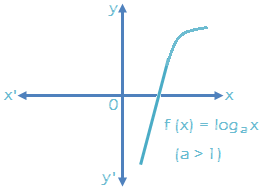
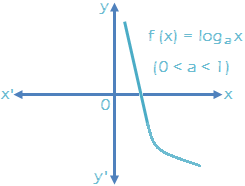 Exponential Function: If a is positive real number, then the function which associates every real number x to ax i.e, f(x) = ax is called the exponential function.
Exponential Function: If a is positive real number, then the function which associates every real number x to ax i.e, f(x) = ax is called the exponential function.
The domain of the exponential function is R and the range is the set of all positive real numbers.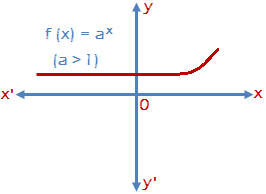
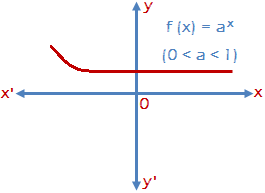 Graph of Square Function: A function given by f(x) = x² is called the square function.
Graph of Square Function: A function given by f(x) = x² is called the square function.
The domain of the square function is R and its range is [0, α). The equation of the curve represented by the square function is f(x) = x².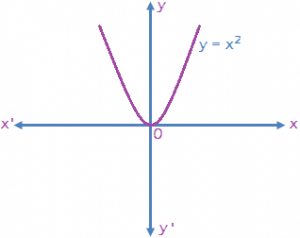 Graph of Cube Function: A function given by f(x) = x³ is called the cube function. The domain and range of cube function are both equal to R.
Graph of Cube Function: A function given by f(x) = x³ is called the cube function. The domain and range of cube function are both equal to R.